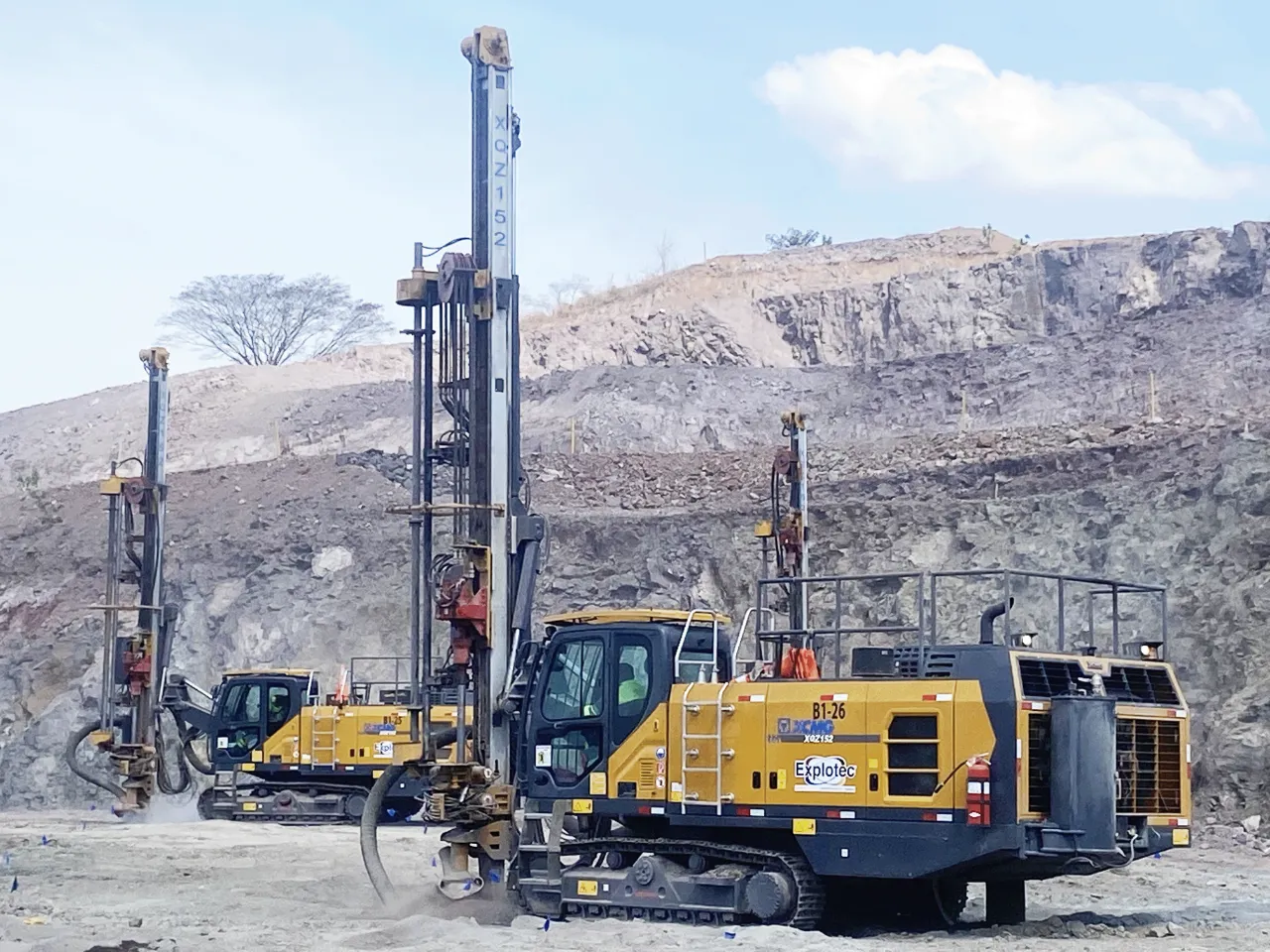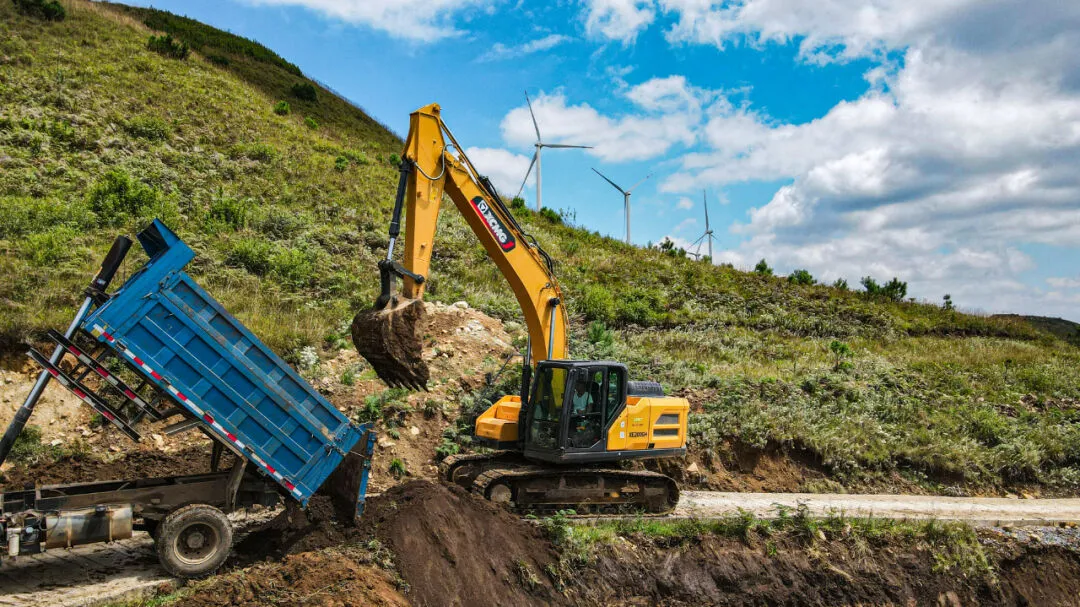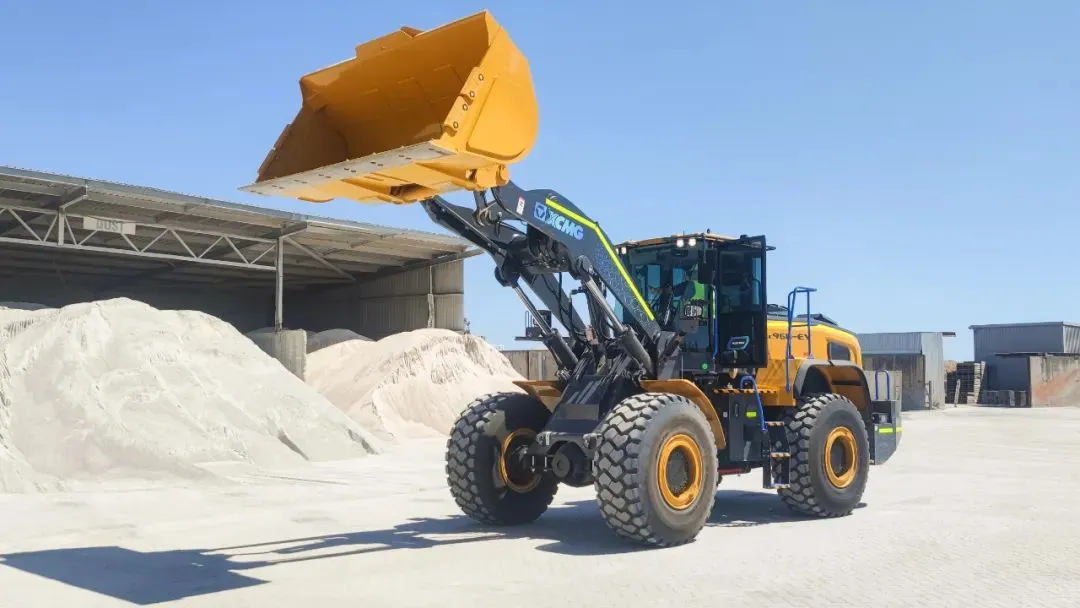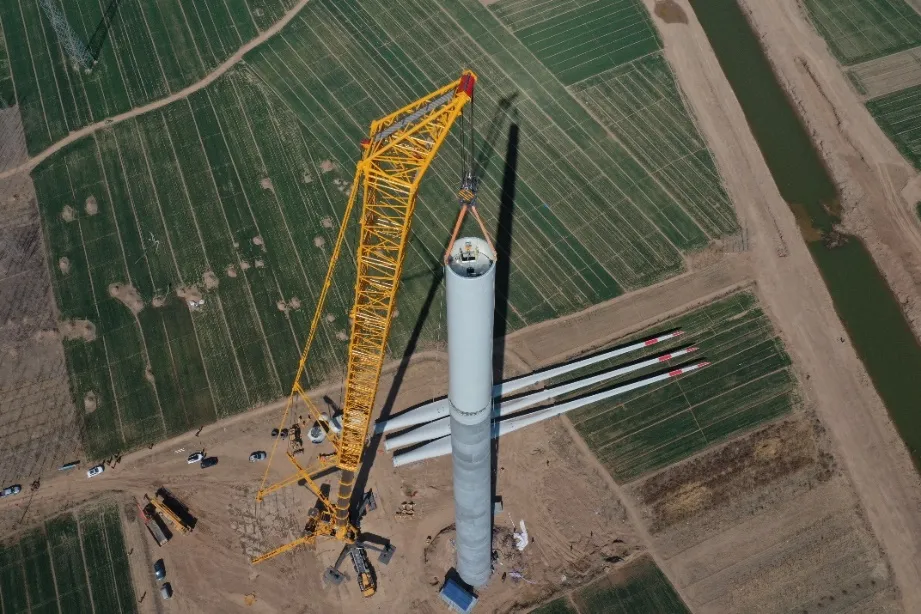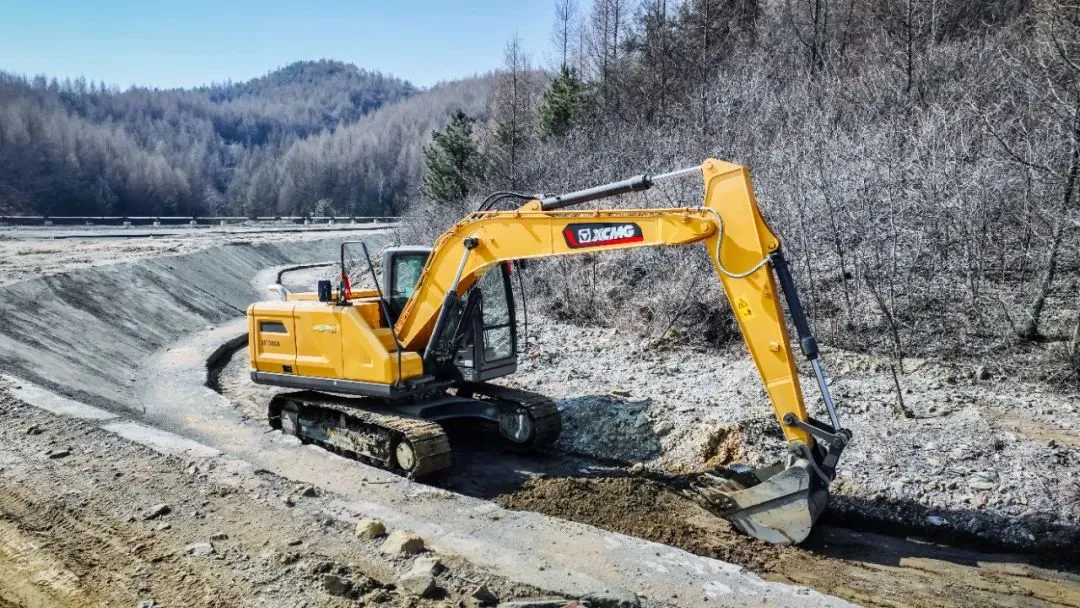How to Purchase a Quality Used Crane for Sale — 4 Big Considerations
With so many uses for cranes across both construction and industrial
applications, it isn’t surprising that used cranes are a popular option for
anyone looking for a cost-effective way to add these machines to their fleet.
But, before you buy a used crane, there are several factors you need to
consider before making an informed decision.
Aside from finding a crane that is structurally and mechanically sound,
you will also need to think about how much the crane will cost you each year to
operate. You’ll need to consider expenses incurred from regular maintenance,
component repair, or parts replacement.
Used cranes that are part of a large rental fleet will be more likely
to have kept the cranes in top shape through the lifetime of the crane. A
full-service crane rental operation must follow certain requirements and
guidelines related to crane maintenance. In general, OSHA requires inspections
of operational cranes once every month while the equipment is in operation.
However, cranes that see consistent use in the field will require more
frequent inspections to ensure safe operation. To avoid a sudden breakdown of
the equipment or costly repair, it’s a good idea to only buy a crane that has
verifiable inspection history, including an accurate record of any part
replacements.
In short, knowing what to look for in a quality used crane can save you
time and money in the long run. Read on to learn more ways to identify a
reliable crane so you can feel more confident about your purchase.
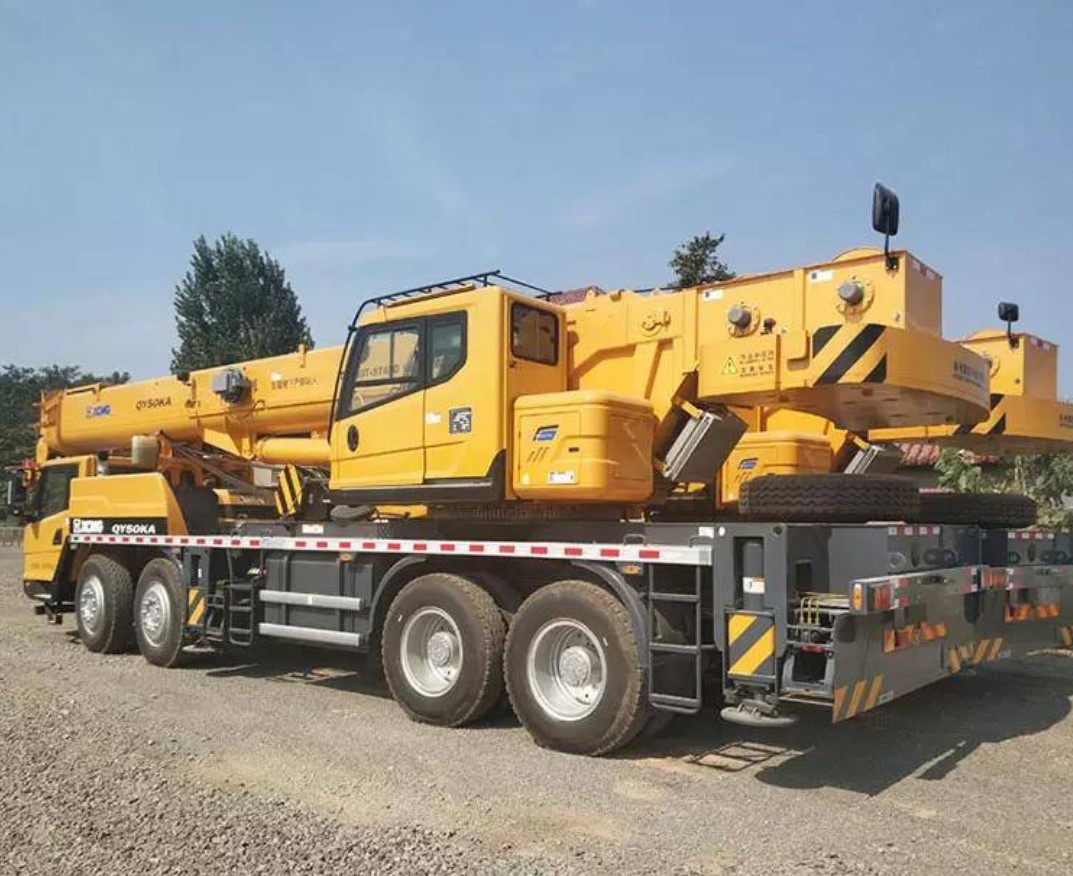
1. Budget
Having a plan on how much you plan to spend will help you narrow down
your search. The amount of money you can expect to spend is relative to your
requirements and the type of crane you consider purchasing. You want to find a
crane that can handle the lifting capacity you need, the height requirement of
your lifts, along with a crane that can manage your typical project’s terrain,
as most of a crane’s cost lies in the type and size of crane to ensure it can
handle your requirements. You’ll also need to consider the age and condition of
the crane when it comes to budget as well. Like with cars and other
automobiles, a combination of age, mileage (or hours in the case of some
cranes) play a role in determining the price.
2. Lifting Capacity and Crane Model Needed
If you are looking for a used crane, a key consideration is to make
sure you understand the maximum lifting capacity requirements you’ll have for
the work you want the crane to perform. You will need to calculate the biggest
lift requirements, the maximum radius required, and what terrain the crane will
most frequently be used on to determine what crane will work best.
So, for example, if the largest lifting capacity you will have been 10
tons at a 100 ft radius, you will need a crane that can lift that amount so
that anything below that maximum lift and maximum radius level is covered.
Similarly, if you’re most often going to be performing lifts in more complex
terrain, you may consider a rough terrain crane or a crawler crane versus an
over-the-road machine like a hydraulic truck crane.
Aside from the crane’s lifting capacity, some other questions to ask
yourself are:
What will the crane be used for?
There are a wide variety of cranes available on the market today, and
each model has unique attributes for performing specific tasks. For example, a
hydraulic truck crane is best used for smaller lift projects in tighter spaces.
If you need to carry loads across uneven or muddy surfaces, a rough terrain
crane or crawler crane would be ideal. Large-scale projects like constructing a
high-rise apartment building will usually require a telescopic crawler crane or
tower crane. Anticipating the most common tasks for your used crane will help
to determine the type and model of the used crane you need.
How many hours will you use it and what is the utilization?
Before buying a used crane, you’ll want to consider its projected daily
use and the kind of work the crane will do. If you expect to use the crane
during much of the workday, you’ll want to find a model that can stand up to
the rigors of constantly bearing weight without needing extensive repairs or
part replacement.
On the other hand, you may not need a recent model used crane on the
market if you plan to only use it occasionally to move select materials around
the job site.
Like mileage with cars, cranes record hours operated as a measurement
of usage. This is an important figure to consider when determining how often
the used crane you purchase will be running after you buy it. Some higher hours
or miles (for mobile cranes) may mean you’ll have to anticipate more
maintenance and repair costs when buying a used crane.
How often are you going to have to move the crane?
Another factor to consider is the type of mobility you require from the
crane. Do you need a crane traveling over the road to the job site? Consider an
all-terrain crane or hydraulic truck crane. Other cranes like crawler cranes,
rough terrain cranes, and tower cranes require tractor trailers to deliver the
equipment to the job site and, in many cases, require assist cranes to put up
and tear down the crane. Consider if you’ll have access to the equipment
required to move cranes that don’t have the ability to drive over the road and
include the costs of moving and assembling the crane on a regular basis into
your financial assessment.
In what kind of environment will the crane be used?
Not all cranes are equally resilient against the elements or varying
terrain on a job site. Consider the type of environment your crane will
encounter and how this will impact operations. For especially soft or
waterlogged surfaces, you’ll likely need a crane that comes equipped with
components like all-terrain tires or tracks to keep the equipment stable and
grounded while in operation.
For dry or relatively smooth terrain, cranes mounted on conventional
tires may be more appropriate. You’ll also want to think about how the
outriggers will perform in the terrain the crane will operate on to ensure
stability when doing a lift.
3. The Crane’s History
It’s important to know the history behind the crane you’re looking to
purchase. You should not just look at its hours, age, make, and model, but also
the geographical location where the crane was used and the application it was
used for. Was the crane exposed consistently to harsh weather conditions? Did
the machine run constantly in its lifetime? Make sure you ask the right
questions, so you understand the background and usage of the crane you’re
considering buying.
The preventative maintenance history is also critical, as with any piece
of capital equipment. It’s a good idea to either inspect the crane personally
or hire a 3rd party to inspect it. At Maxim Crane, no matter the age of our
used equipment we follow the same rigorous service and maintenance program for
all our machines. In most cases, the used equipment we sell is either still
part of our active fleet or was recently retired from the fleet. When you buy used equipment from Maxim, you
can feel confident that you’re buying a well-maintained machine.
When shopping around, look for the following background information
when buying a used crane:
- A comprehensive history of the crane’s usage, including any substantial repairs or part replacements that have occurred over the years. Beware of buying a crane with any undocumented repairs or lapses in its service history.
- Make sure the equipment has received annual and quarterly inspections. Documentation of these inspections should be complete and up to date. Never buy a used crane that doesn’t come with all the necessary records regarding its inspection history.
- Buy equipment that is part of an active rental fleet and properly maintained. Typically, the equipment will be well-maintained because it is required to be 100% operational all the time. At Maxim Crane, our used equipment for sale is typically part of an active rental fleet and it is inspected and maintained on a consistent basis.
When evaluating the condition of a crane you intend to buy, it’s
important to look over the equipment with a fine-tooth comb. Any issues big or small
could indicate a more substantial problem with the crane that may require
costly repairs in the future.
When looking for a crane here
are a few aspects of the equipment you’ll want to carefully inspect:
Overall condition
Look for any signs of corrosion to the crane’s exterior that could
indicate a poor preventative maintenance record. Ideally, a crane should be
thoroughly cleaned after each project to keep its components in top working
condition. After examining the overall condition of the crane’s exterior,
inspect the cab to ensure all control mechanisms are operational and fully
intact.
Review preventive maintenance and major component exchange or repairs
Cranes with a history of breaking down have a higher probability of
encountering similar problems in the future. Always take the time to thoroughly
examine all records on the part replacements or repairs on the crane, paying
careful attention to how often the equipment has been serviced over the years.
In addition, reviewing the prior service history of a used crane can
help you estimate possible costs later down the line, helping you to forecast
the number of expenses the equipment more accurately that you may incur in the
months and years ahead.
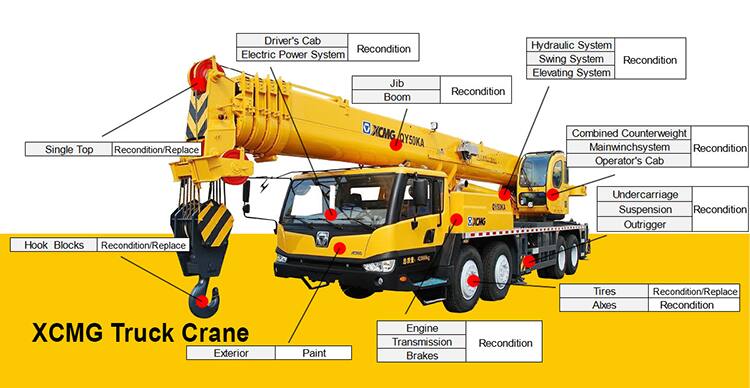
Visual inspection of high wear areas
Pay special attention to visually inspecting parts of the crane that do
the most amount of work. Examples of the high wear components in cranes include
bearings, hoists, wire ropes and braking assemblies. Ideally, these parts of
the crane should be in job-ready condition at the time of purchase.
Be aware that replacing parts on some crane models can take more time
than others. The availability of components is largely determined by the age
and particular model of the crane. To reduce lead time on acquiring critical
crane parts if the equipment needs a
repair, it may be appropriate to order replacement components before the start
of the project.
Leaks
Look for any signs of fluid leaks with the crane. While some leaks are
easy to detect, others may require a closer inspection. For example, the
hydraulic system of a crane may leak internally and show no visible signs of
fluid loss from the exterior. In these cases, the only sign of a leak will be
the crane performing poorly or operating at unusually high temperatures.
Before you buy a used crane, make sure there are no visible or hidden
leaks in the system that could undermine the efficiency of the equipment.
Excessive wear on undercarriage, tires, and other wear components
Check the condition of the crane’s lower body as well, including the
high-wear components of the undercarriage and the tires. If your crane rests on
a crawler chassis, verify that the track shoes and rollers are in good working
order. It’s also important to check the operation of the crane’s turntable,
noting any unusual sounds when rotating that could cause part failure.
Additional wear components to inspect include sheaves, pins, and bushings.
Finding any of these vital parts in poor condition should always merit
immediate repair or replacement.
4. Ongoing Maintenance
Once you purchase a crane, it will need to have required preventive
maintenance and repairs. This is a very important factor when you’re buying an
asset that will be incorporated into your own fleet. Do you have the team and
capacity to service it? A buyer should consider buying a crane from a company
that has an extensive history of ownership and years of maintenance records.
Having a history of that asset and knowing what the next steps are to maintain
the crane in running condition is optimal. Use a company that can pull you an
extensive history with years’ worth of maintenance that has been done to the
equipment.
Choose the Right Used Crane for the Job
A crane is a considerable investment. Knowing what to look for will
help you select the right crane for your company. When it comes to cranes, a
buyer should be educated and feel completely comfortable with their final
decision. At the end of the day, you can buy a crane to work with or you can
buy a crane to work on—if you base your decision solely on price, you might be
getting yourself into a project rather than a machine that’s ready to do the
work.
Machmall.com has the largest fleet of used cranes available today, and
we sell equipment ready for service. Browse through our selection of used
cranes for sale and contact us today to discuss your needs.
